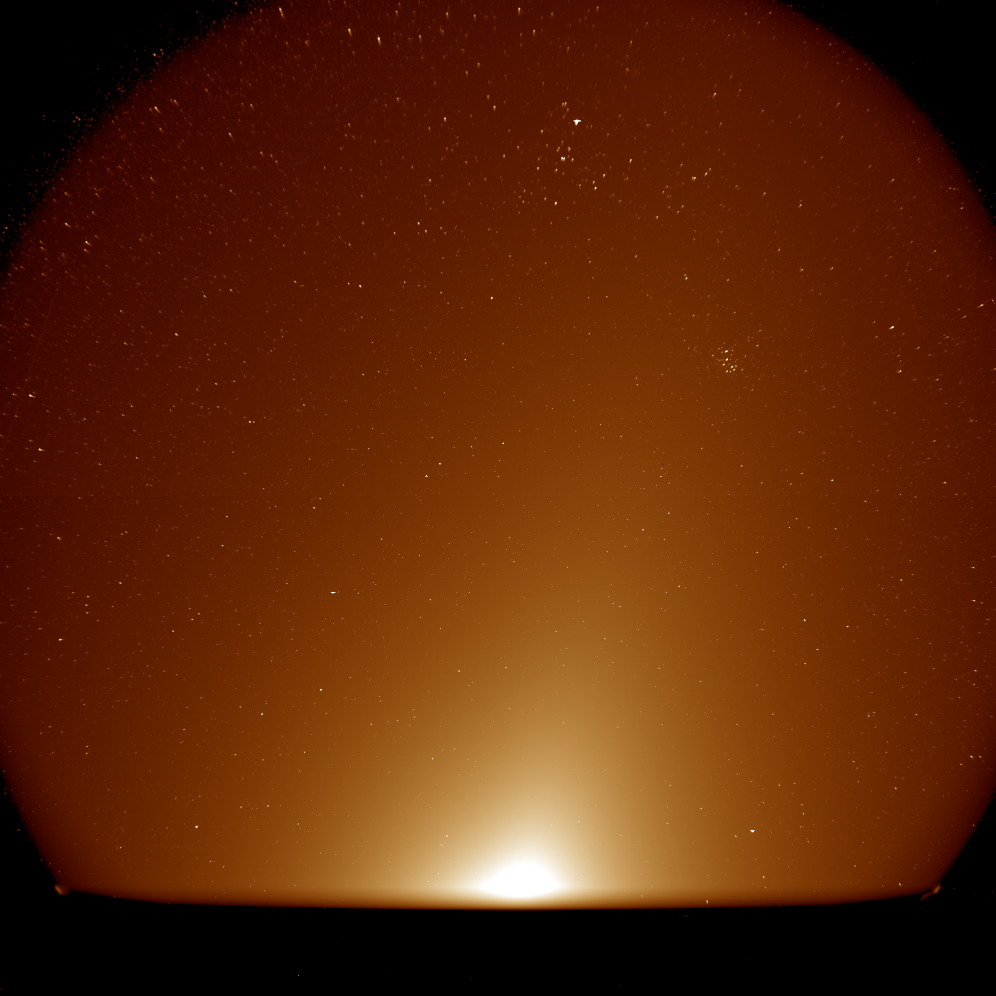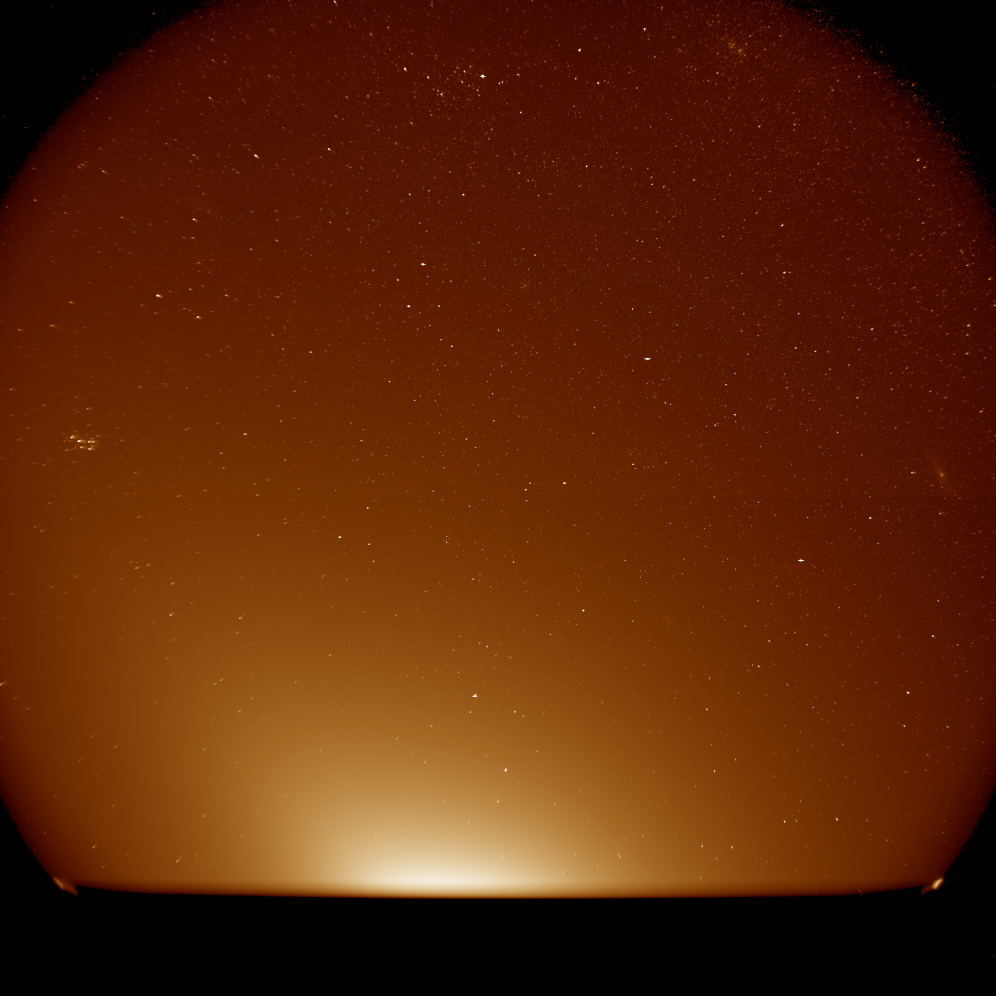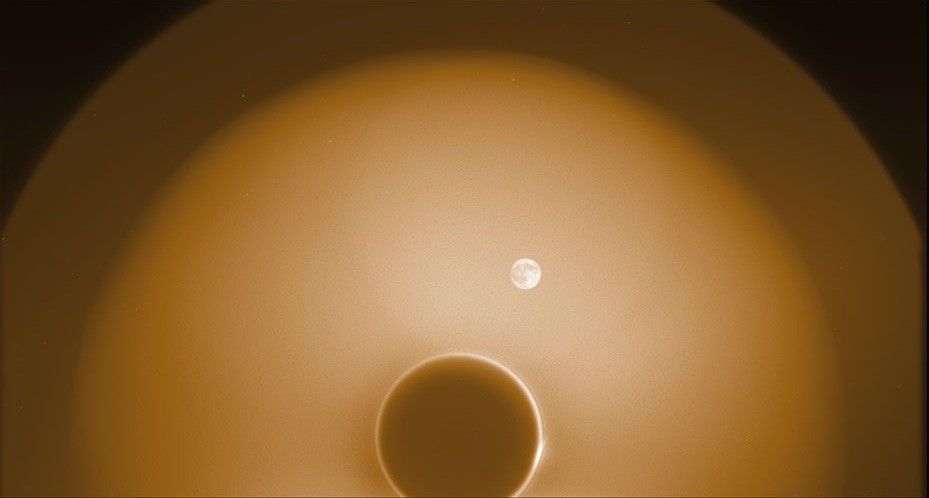NASA’s PUNCH Catches First Rainbow and Other New Images
As instrument commissioning and calibration checks continue for NASA’s newly launched PUNCH (Polarimeter to Unify the Corona and Heliosphere) mission, its four spacecraft continue to deliver new images — including its first rainbow-colored view of the sky and the first images taken by two of its instruments.
The goal of PUNCH is to reveal new details of how the solar atmosphere, or corona, unfolds and streams through the solar system as the solar wind. It is the first mission designed to measure the corona and solar wind in three dimensions by studying the polarization of light, which is the direction light travels after it has been scattered by particles. In PUNCH’s images, the polarization is revealed through color coding, resulting in a rainbow image that gives scientists new insight on the solar wind’s movement.
Collectively, PUNCH’s four satellites include one Narrow Field Imager (NFI) and three Wide Field Imagers (WFIs). The NFI is a coronagraph, which blocks out the bright light from the Sun to better see details in the Sun’s corona. The WFIs are heliospheric imagers that view the very faint, outermost portion of the solar corona and the solar wind itself.
The mission’s fully processed science data will stitch together views from all four spacecraft and remove artifacts from the background of space and the cameras themselves. These early images help the mission team confirm that PUNCH’s cameras are in focus, working properly, and able to capture the quality observations needed to achieve the mission’s goals. Throughout the remainder of the commissioning phase, scientists will calibrate the instruments’ views to reveal illuminating details the Sun’s corona.
A Rainbow of Zodiacal Light

WFI-1’s First Light

WFI-3’s First Light

NFI Spies the Moon

























